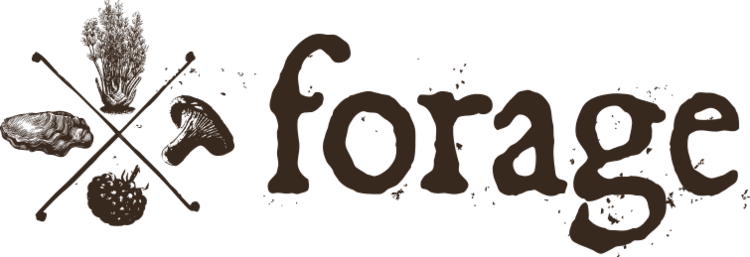Unlocking Nature's Pain Reliever: The Power of Wild Lettuce
In the realm of herbal remedies, wild lettuce stands out for its powerful ability to ease pain. This plant, often dismissed as a mere weed, has a rich history in herbal medicine, offering relief for various ailments.
Wild lettuce, known scientifically as Lactuca virosa and Lactuca serriola, goes beyond being a mere cousin to the lettuce we eat. It's a biennial, starting off close to the ground and then shooting up a stem to flower in its second year. Its defining trait is the milky latex that seeps out when cut, loaded with calming, sedative compounds.
This plant is especially valued for its quick action on acute pain, like that from minor injuries. Its lactones, which mimic opioids in their effects, help reduce pain by depressing the central nervous system, offering relief without the addictive risks tied to many pharmaceutical painkillers.
Yet, due to its potent sedative properties, wild lettuce should be used judiciously, particularly with topical applications. The latex, when absorbed through the skin, can quickly relieve pain but also cause significant sedation, making it ideal for immediate pain management but less so for long-term chronic pain.
Harvesting wild lettuce involves timing; the leaves are most potent before the flowering stage, typically from late winter to mid-spring. As the plant blooms, its medicinal strength moves from the leaves to the seeds and then to the roots, offering a more potent remedy.
When using wild lettuce, it's important to respect its strength and the natural variability of wild herbs. The potency can vary greatly, necessitating careful personal testing and dosage adjustment. Always start with the smallest dose.
Alexandra Hudson, one of our teachers at forageSF who is a clinical herbalist and wild foods chef, shared her insights on wild lettuce and its application in herbal medicine. Her expertise brings a depth of understanding to this powerful plant and its role in natural healing.
If you're intrigued by wild plants and the world of foraging, consider exploring our wild plants classes. Join experts like Alexandra on a walk to discover the abundance of local wild plants and medicinals. Whether you're new to foraging or have been exploring the wild for years, these classes offer valuable knowledge on identifying and using the plants around us.
DISCLAIMER: Any medical/health information is provided for general informational and educational purposes only and is not a substitute for professional advice. This information may not fit your specific health circumstances. Accordingly, before taking any actions based upon such information, we encourage you to consult with the appropriate professionals.
